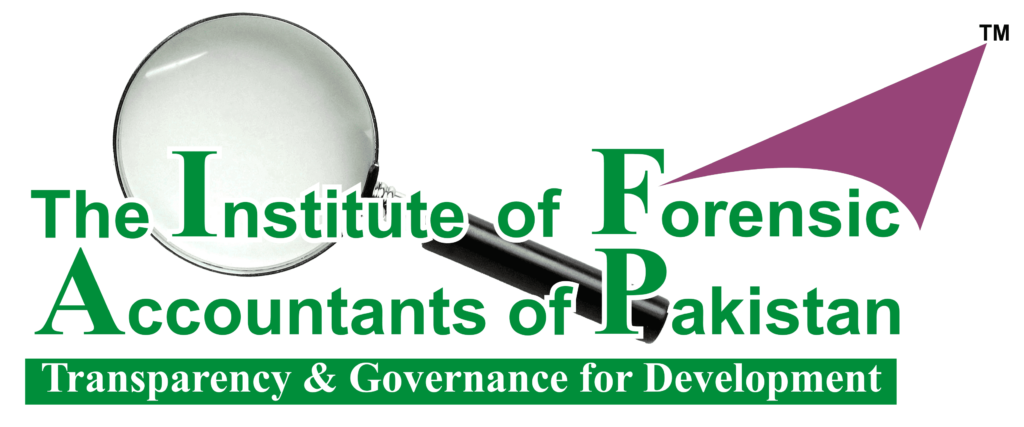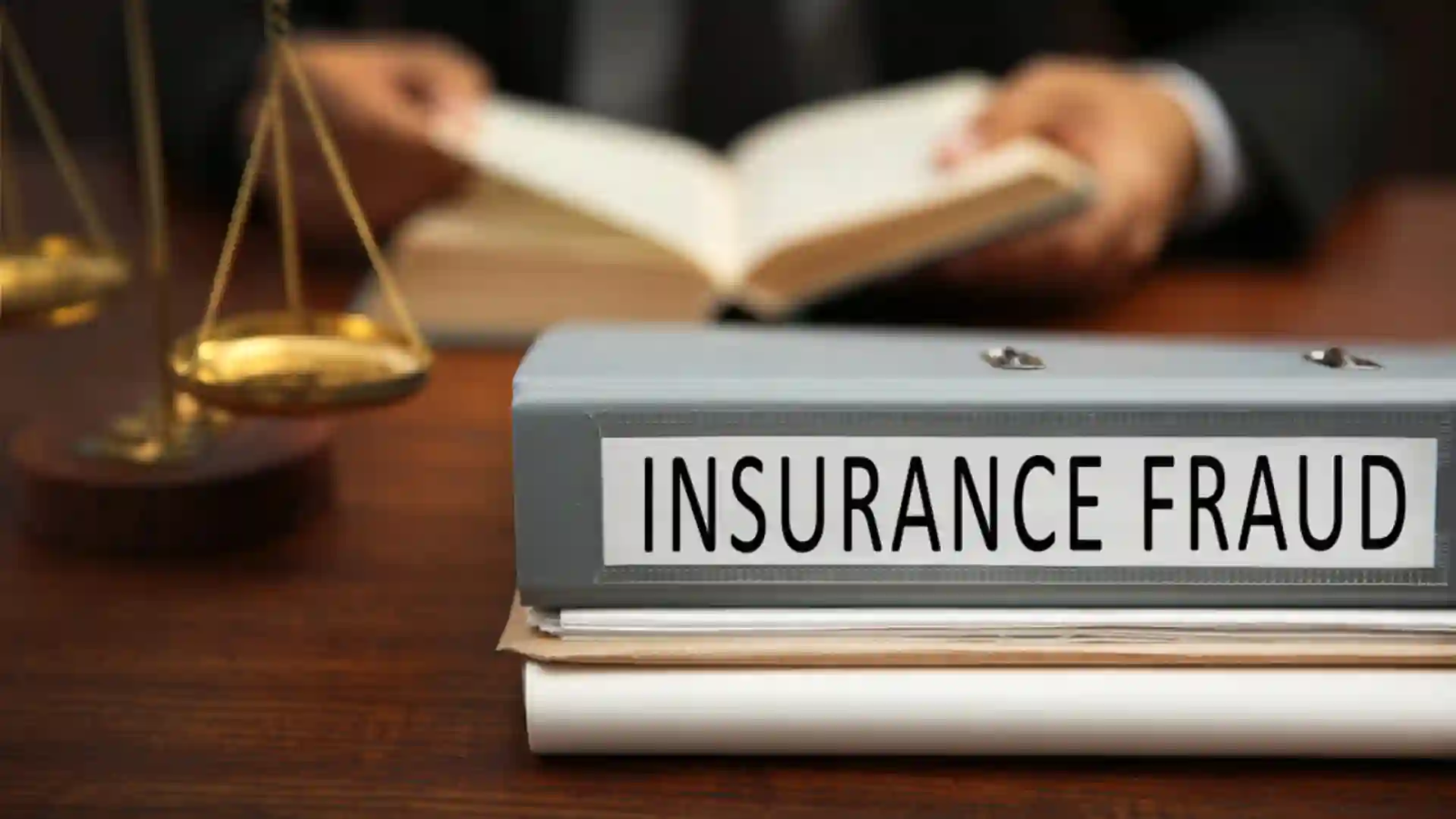Understanding Insurance Fraud
Insurance, a system built on trust and shared risk, becomes vulnerable when deceit creeps in. Insurance fraud, unfortunately, is a prevalent reality, costing the global insurance industry billions of dollars annually and ultimately impacting honest policyholders through increased premiums (FBI, 2012). This article delves into the murky waters of three common forms of insurance fraud: false claims, staged accidents, and exaggerated losses, exposing the machinations behind each and the consequences they bring.
False Claims: Fabrications for Financial Gain
False claims represent the most basic form of insurance fraud, involving the deliberate misrepresentation of facts or events to obtain undeserved benefits (National Association of Insurance Commissioners, 2020). This can take various forms, from faking a burglary or theft to inventing medical conditions and treatments. A common example is property fraud, where a policyholder deliberately damages their own property, such as burning down their house, to claim insurance money (FBI, 2012).
Technology has unfortunately facilitated the creation of sophisticated methods for falsifying claims. For instance, some fraudsters create fake medical records or manipulate digital images to support their fabricated stories (NICB, 2022). The rise of telemedicine has also introduced new avenues for fraud, with some individuals exaggerating symptoms or seeking unnecessary treatments via online consultations (Coyne, 2021).
These fabricated claims not only drain resources from insurance companies but also pose an ethical dilemma for healthcare providers. Physicians faced with a suspected fraudulent claim must navigate a delicate balance between providing necessary care and upholding their professional integrity (Coyne, 2021). While the immediate financial gains for the fraudster may seem tempting, the consequences are far-reaching, potentially resulting in criminal charges, fines, and even imprisonment.
Staged Accidents: Collisions of Convenience
Staged accidents, orchestrated collisions aimed at collecting insurance payouts, are another prevalent form of fraud. These scams often involve collusion between drivers, who may damage their vehicles in predetermined locations or fake injuries (FBI, 2012). In some cases, fraudsters may even use sophisticated props, such as hidden wires to manipulate airbags or staged injuries with pre-applied makeup (NICB, 2022).
Technology has once again played a dubious role in facilitating staged accidents. Dashcam footage, while intended to provide accident evidence, can be manipulated or even staged altogether to support fraudulent claims (Coyne, 2021). Social media also becomes a tool for fraudsters, as they may fabricate online posts about the "accident" to bolster their fabricated stories.
The consequences of staged accidents extend far beyond financial losses for insurance companies. These fabricated collisions can put innocent drivers at risk, potentially leading to real injuries or even fatalities (FBI, 2012). Additionally, the complexities involved in investigating and prosecuting staged accidents strain law enforcement resources.
Exaggerated Losses: Inflating the Toll
While outright fabrication constitutes blatant fraud, the realm of exaggerated losses operates in a grayer area. This form of deception involves inflating the extent of actual damage or injuries to secure a higher payout from the insurance company. Common examples include overestimating the value of stolen property, claiming more extensive repairs than necessary, or exaggerating the severity of medical conditions (NICB, 2022).
The line between legitimate claims and exaggerated losses can sometimes be blurry, making it difficult for insurance companies to detect and deter this type of fraud. This ambiguity often relies on the policyholder's honesty and transparency, requiring a conscious effort to avoid embellishing the extent of their losses.
However, the temptation to exaggerate can be significant, especially when faced with financial hardship or emotional distress following a genuine incident. The pressure to recoup losses or seek additional compensation can cloud judgment and lead to unethical behavior. It is crucial for policyholders to remain mindful of their responsibility to provide accurate information and avoid the slippery slope of exaggeration.
Combating the Deception: A Shared Responsibility
Insurance fraud, in all its forms, erodes the trust upon which the insurance system thrives. It impacts every party involved: insurance companies face increased costs, honest policyholders experience higher premiums, and society as a whole grapple with the ethical implications of such deceit. Therefore, combating this multifaceted issue requires a collaborative effort from various stakeholders.
Insurance companies play a crucial role in developing sophisticated fraud detection mechanisms. This includes analyzing claims data for suspicious patterns, employing trained investigators, and utilizing advanced technologies such as image recognition and data analytics (NICB, 2022). Law enforcement agencies must also actively investigate and prosecute fraudulent activities, working closely with insurance companies to gather evidence and build strong cases.
However, individual responsibility remains paramount. Policyholders must uphold ethical conduct by providing honest and accurate information, avoiding the temptation to embellish claims, and reporting any suspected fraudulent activity. Public awareness campaigns can also play a vital role in educating individuals about the consequences of their actions. Public awareness campaigns can educate individuals about the consequences of insurance fraud, not just for themselves but for the entire community. These campaigns can highlight the impact of fraud on insurance premiums, which ultimately burden honest policyholders. They can also emphasize the ethical implications of deception and the potential legal repercussions, including fines and even imprisonment.
Furthermore, these campaigns can empower individuals to recognize and report suspected fraudulent activity. This could involve providing resources and reporting channels for suspicious claims, offering training for businesses and professionals on detecting fraud, and promoting a culture of ethical behavior within the insurance industry.
Ultimately, combating insurance fraud requires a multi-pronged approach that combines individual responsibility, proactive law enforcement, and effective public awareness campaigns. By working together, we can create a more secure and ethical insurance system that benefits everyone involved.
Reference:
Coyne, C. (2021, September 21). Telemedicine fraud: Why it's on the rise and what healthcare providers can do to stop it. Healthcare IT News. Retrieved from https://www.insurancebusinessmag.com/us/news/life-insurance/has-covid-led-to-a-telemedicine-fraud-explosion-428828.aspx
Federal Bureau of Investigation (FBI). (2012, January 31). Investigating Insurance Fraud: A $30-Billion-a-Year Racket. Retrieved January 13, 2024 from https://www.fbi.gov/news/stories/investigating-insurance-fraud
National Association of Insurance Commissioners (NAIC). (2020, June 18). Model regulation to combat fraud in the property and casualty insurance industry. Retrieved January 13, 2024 from https://content.naic.org/sites/default/files/inline-files/MDL-680.pdf
National Insurance Crime Bureau (NICB). (2022, July 25). Insurance fraud 101.Retrieved January 13, 2024 from https://www.nicb.org/prevent-fraud-theft
Author:
Dr. Muhammad Ali
FICFA (USA), FIPA (AUS), FFA (UK), CCFA (PAK), FFA (PAK), FCIAP (PAK), MBA (PAK), Ed.D (NIG)

